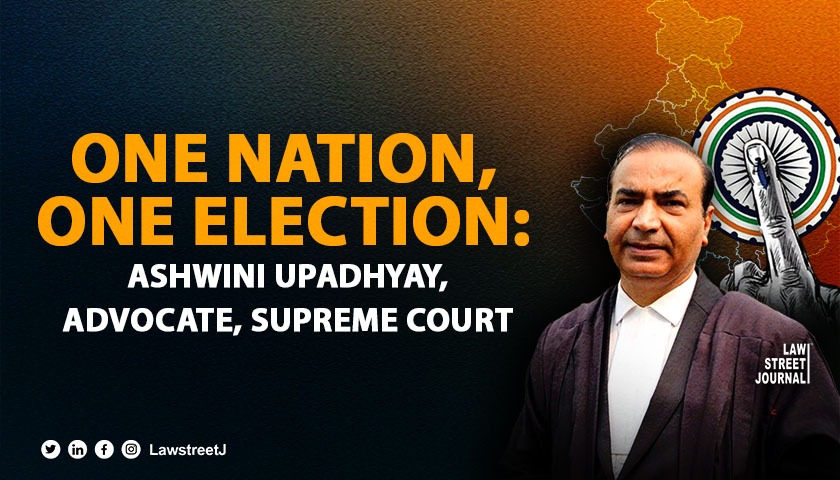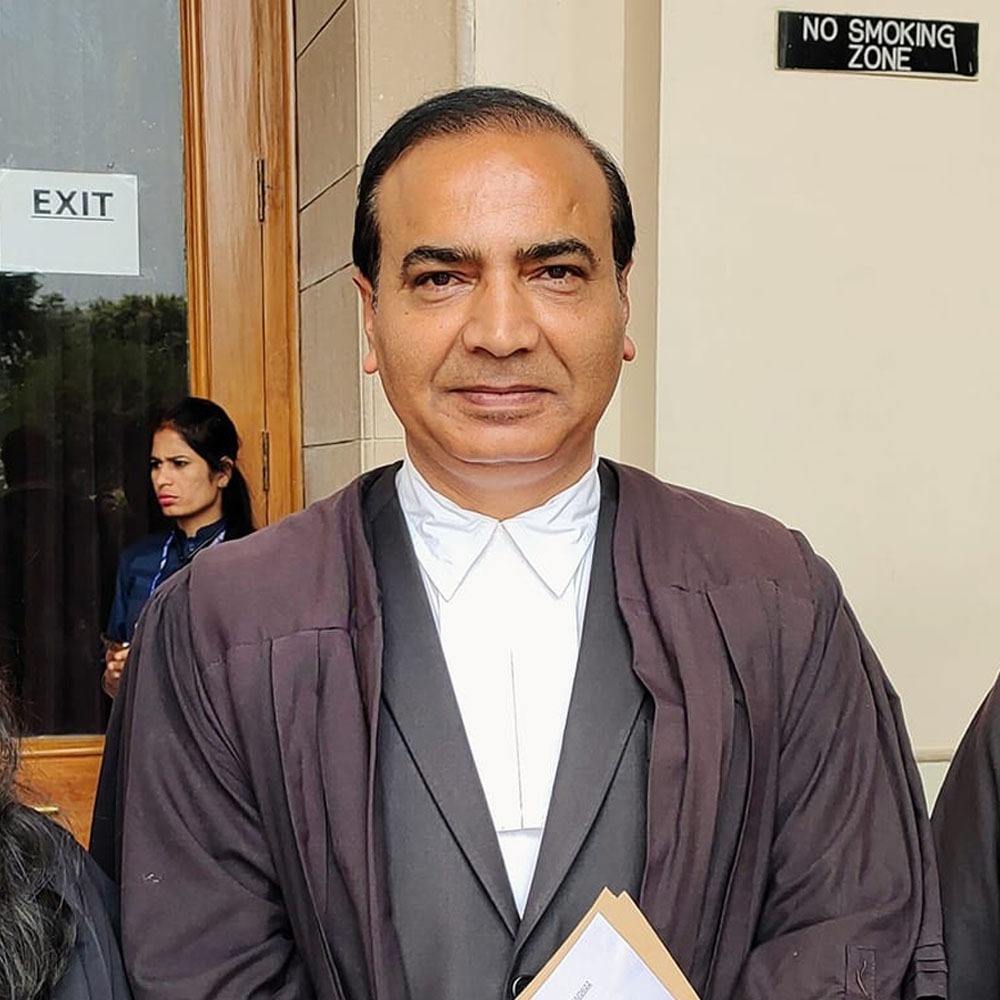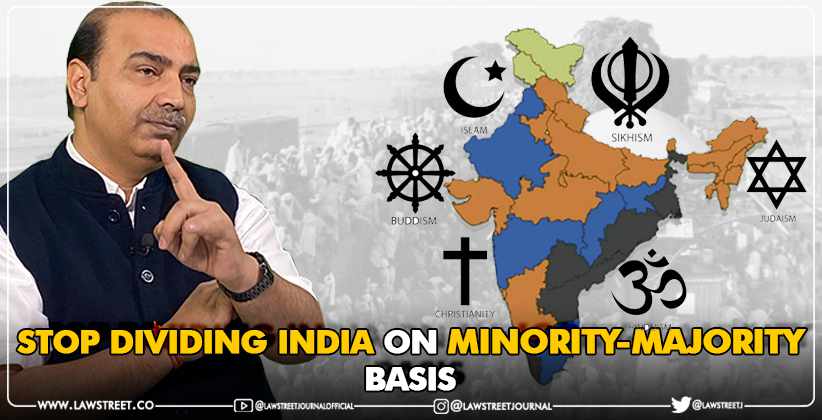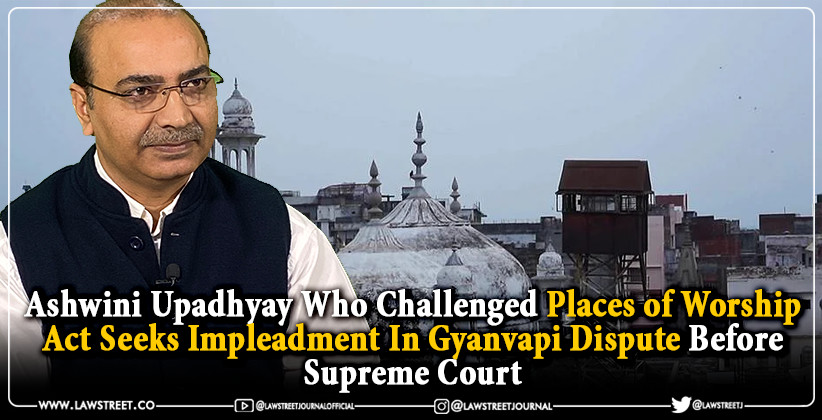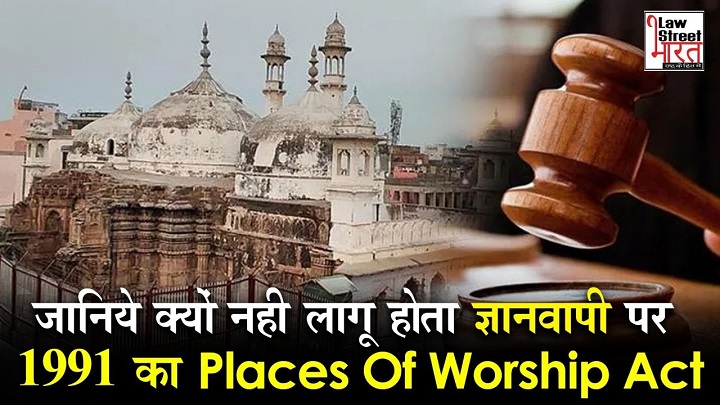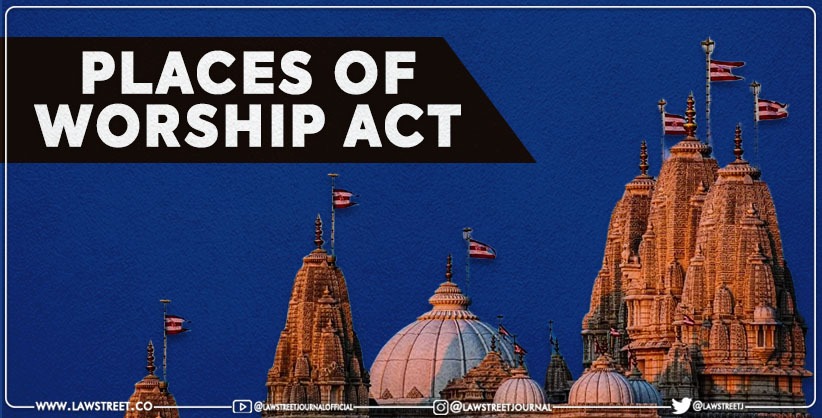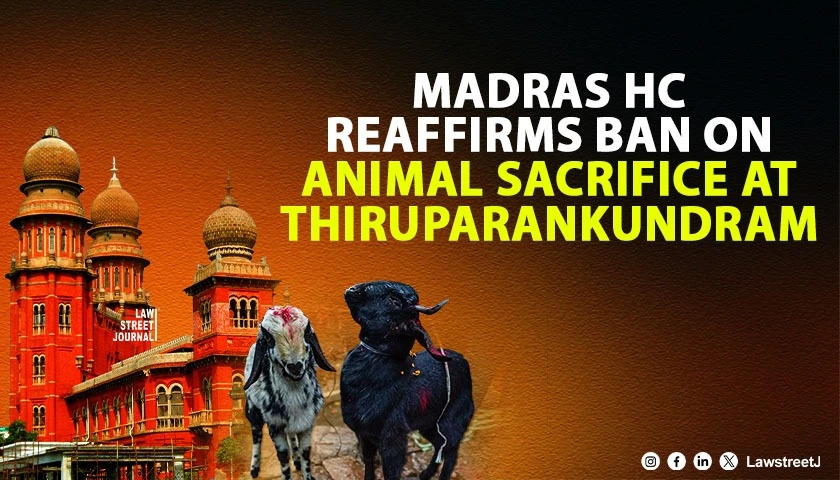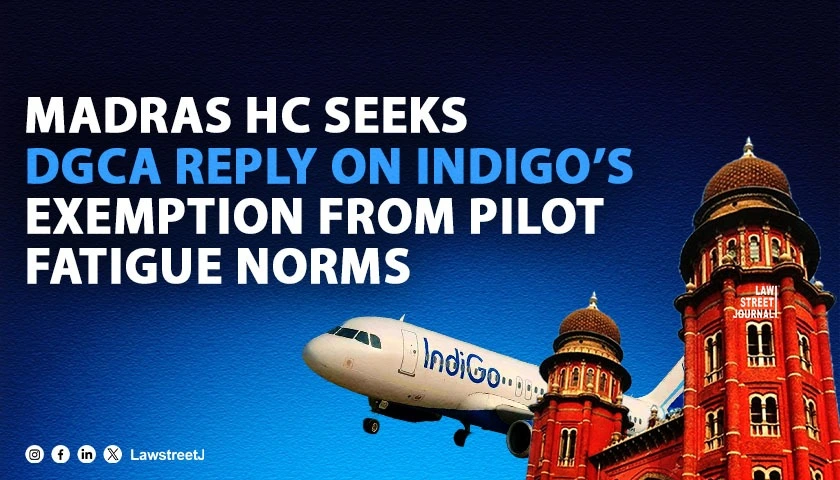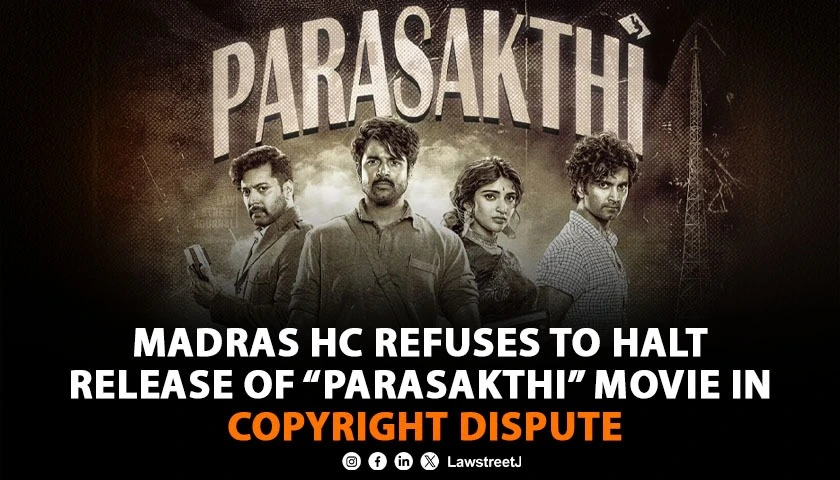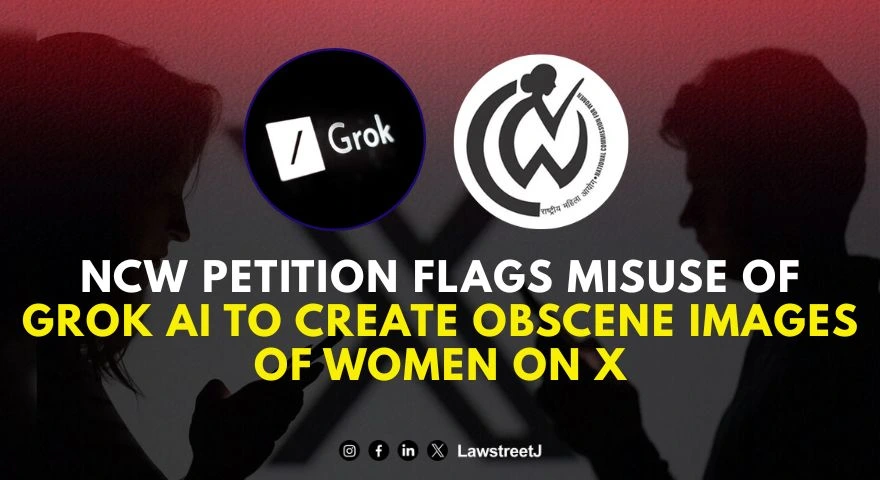New Delhi: In 1983, the Election Commission remarked that “a stage has come for evolving a system under which elections to the House of the People and Legislative Assemblies are held simultaneously.” Similarly, in 1999, the Law Commission, in its 170th Report, stated, “We must go back to the situation where elections to the Lok Sabha and all the Legislative Assemblies are held at once.” In 2015, the Parliamentary Standing Committee on Personnel, Public Grievances, Law, and Justice, in its report on the ‘Feasibility of Holding Simultaneous Elections to the House of the People and State Legislative Assemblies,’ recommended “an alternative and practicable method of holding simultaneous elections, involving elections in two phases—at the middle of the current Lok Sabha term in November 2016 for some Assemblies, and at the end in June 2019 for the rest. Elections to all state Assemblies whose terms end within six months to one year from the appointed election date can be clubbed together.”
Simultaneous elections were held in 1951-52, 1957, 1962, and 1967. However, the premature dissolution of Assemblies disrupted this cycle, and in 1970, the Lok Sabha itself was dissolved early. Relief from frequent elections is crucial for India if it aims to compete with other nations in its development agenda.
Since 1977, election expenditure has consistently risen. It doubled to more than ₹23 crore from ₹11.5 crore in 1971. By 1980, it surged to ₹54 crore. In 1989, the expenditure reached ₹154 crore, tripling from its 1977 level. Just two years later, expenses rose further to ₹359 crore. By 1996, the figure had climbed to ₹600 crore, and in 1999, the Election Commission spent ₹880 crore. In 2004, the amount increased again to ₹1,300 crore. Provisional estimates suggest that the conduct of the 2014 Lok Sabha elections cost around ₹4,500 crore, while unofficial estimates indicate an undeclared ₹30,000 crore was spent on the same elections. Reducing the frequency of elections could substantially decrease these escalating costs.
Election Day refers to the designated day for elections. In many countries, elections are held on Sundays to enable maximum voter participation. Countries such as Albania, Argentina, Austria, Belgium, Bolivia, Brazil, Bulgaria, Chile, Colombia, Costa Rica, Croatia, Cyprus, Ecuador, El Salvador, Estonia, Finland, France, Germany, Greece, Hungary, Italy, Japan, Lithuania, Luxembourg, Malaysia, Mexico, Poland, Portugal, Romania, Russia, Spain, Sweden, Switzerland, Turkey, Ukraine, and Venezuela follow this practice.
In South Africa, elections to the National and Provincial Legislatures are held simultaneously every five years, while Municipal Elections occur two years later on a fixed date. In Sweden, elections to the National and Provincial Legislatures and Local Bodies/Municipal Assemblies are held on a fixed date—the second Sunday in September every four years.
In India, the need for simultaneous elections to the Lok Sabha, State Legislative Assemblies, Panchayats, and Municipal Bodies has been debated for decades. As elections have become increasingly costly, the Law Commission of India, in its 170th Report on the Reform of Electoral Laws (1999), recommended simultaneous elections to the Lok Sabha and State Legislative Assemblies to ensure stability in governance.
The Indian Constitution describes India as a ‘Union of States’ and grants states control over their governments, which are directly elected. While the Constitution mandates elections every five years for both Parliament and State Assemblies, it does not specify whether elections should be held simultaneously. The Supreme Court, in various judgments, has held that when electoral laws are silent, the Election Commission has residuary powers under Article 324 to act as needed.
Holding elections for the Lok Sabha, State Legislative Assemblies, Panchayats, and Municipal Bodies together has several advantages. It would reduce the time and cost involved in conducting elections, including the deployment of paramilitary forces, government staff on election duty, polling booths, electronic voting machines, and voter slips. Political parties’ campaign expenses would also be reduced. Moreover, the imposition of the Model Code of Conduct during elections delays the implementation of central and state government projects and welfare schemes, diverting attention from essential governance issues.
Frequent elections impede governance, as the Model Code of Conduct prevents the government from announcing policy decisions that could be perceived as influencing voters. Political campaigns can be distracting, and election results are often misinterpreted as referendums on the central government, even when state-specific issues dominate elections.
Between 2013 and 2018, multiple State Assembly elections were held across the country. In 2013, elections were conducted in Rajasthan, Madhya Pradesh, Chhattisgarh, Delhi, Mizoram, Tripura, Meghalaya, Nagaland, and Karnataka. In 2014, along with the Lok Sabha elections, state elections were held in Andhra Pradesh, Telangana, Arunachal Pradesh, Jammu & Kashmir, Haryana, Maharashtra, Odisha, and Sikkim. In 2015, Delhi and Bihar went to the polls, followed by Assam, Kerala, West Bengal, Tamil Nadu, and Puducherry in 2016. In 2017, elections were held in Goa, Manipur, Punjab, Uttarakhand, Uttar Pradesh, and Gujarat, while in 2018, Tripura, Meghalaya, Nagaland, and Karnataka held their elections.
Elections for Odisha, Andhra Pradesh, Telangana, Sikkim, and Arunachal Pradesh could be conducted simultaneously with the 2019 General Elections if their respective governments complete their terms. States such as Chhattisgarh, Madhya Pradesh, Rajasthan, and Mizoram will likely hold elections six months before the 2019 General Elections, while Jharkhand, Maharashtra, and Haryana may hold elections six months afterward. If political consensus is achieved, Assembly elections in these states could be postponed or advanced by six months to align with the General Elections, enabling simultaneous elections.
Combining elections would also address the issue of electoral paralysis, a situation where the government’s decision-making process is hindered due to the continuous cycle of elections. This problem becomes even more significant when the Prime Minister and Chief Ministers, who are key campaigners for their parties, are frequently distracted by election campaigns. Conducting all elections simultaneously would provide a stable 58-month governance window, allowing governments to focus on reforms and development. This extended, uninterrupted period would make it easier for policymakers to implement long-term reforms, reducing administrative delays and benefiting the country’s overall development.

